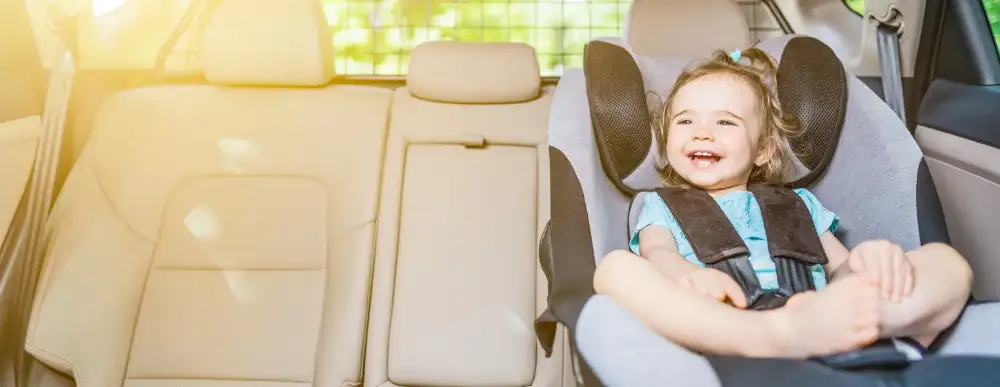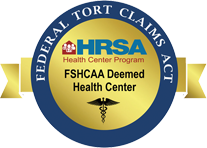Car accidents are the leading cause of death in children. And injure over 120,000 children annually. Properly used car seats reduce the chance of death by 70% in infants under one year and by 54% in toddlers age one to four. Booster seats reduce the chance for serious injury by 45% in children four to eight years and seat belt use reduces the chance for death by up to 50% in older children and adults. Having children sit in the back seats rather than front reduces the risk of death by 75% in children under four and by 50% for children ages four to eight.
There are many things that we, as parents, can do to keep our kids safe in the car. The number one safety tip for car seats is “use them.” Another important thing is be a good example for our kids and buckle up. Children are more likely to use safety restraints when they see adults use seat belts routinely. Children under thirteen years of age should sit in the back seat of a vehicle. The airbags in the front seat and designed for adults and can harm or kill a child. The best spot for a car seat is the middle of the back seat. Behind the driver’s seat is the next best spot. Making sure the car seat is properly installed is very important. Besides not using a car seat, improper installation is the most common problem with a car seat.
Infants and children should be placed in a safety seat that is appropriate for their age and size. There are three types of rear-facing car seats: rear-facing only, convertible, and 3-in-1. Infants should be placed in rear-facing car seats for the first twelve months of life. Rear-facing only seats are used for infants up to twenty-two to thirty-five pounds, depending on the model. Convertible seats start out rear facing and can be converted to forward facing as the child gets older. Convertible seats can be used in toddlers up to forty to fifty pounds and can be used up to age two. 3-1 seats are bigger in size and have weight limits of up to forty to fifty pounds. They also have higher height limits that rear facing seats making them ideal for bigger babies and toddlers. These three car seats should only be used for travel and not for sleeping or feeding. Children should be in a rear-facing car seat for as long as possible because they protect the child’s head, spread out the force of the crash evenly across the seat, and significantly reduce the risk of injury to the head, neck, and spine.
Booster seats are for older children who have outgrown forward-facing car seats. Booster seats should be used until the seat belt fits properly, typically when they have reached four feet nine inches tall and are between eight and twelve years old. When checking to see if your child no longer needs a booster seat make sure the shoulder belt lies across the middle of the chest and shoulder, the lap belt is low and snug across the upper thighs, and the child is tall enough to sit in the seat back with their knees bent over the edge of the seat without slouching.
The best car seat for your child is the one that fits your child’s size, is correctly installed, fits well in your vehicle, and is used properly every time you drive. When looking for a car seat; never use one that is too old, has visible cracks in it, does not have a label with a manufacture date and model number, does not come with instructions, is missing parts, was recalled, or that has been in a moderate or severe car crash. A minor crash is considered one in which the car can be driven away from the crash, the vehicle door closet to the car seat was not damaged, no one in the vehicle was injured, the airbags did not go off, and you can’t see any damage to the car seat. Some car seat manufacturers do recommend replacing a car seat after any crash.
Candice Hutchins is an RN at the Health West Pediatrics clinic. She has been a nurse for seventeen years with most of her experience in Postpartum and well-baby nursery.

Movement is key to health







